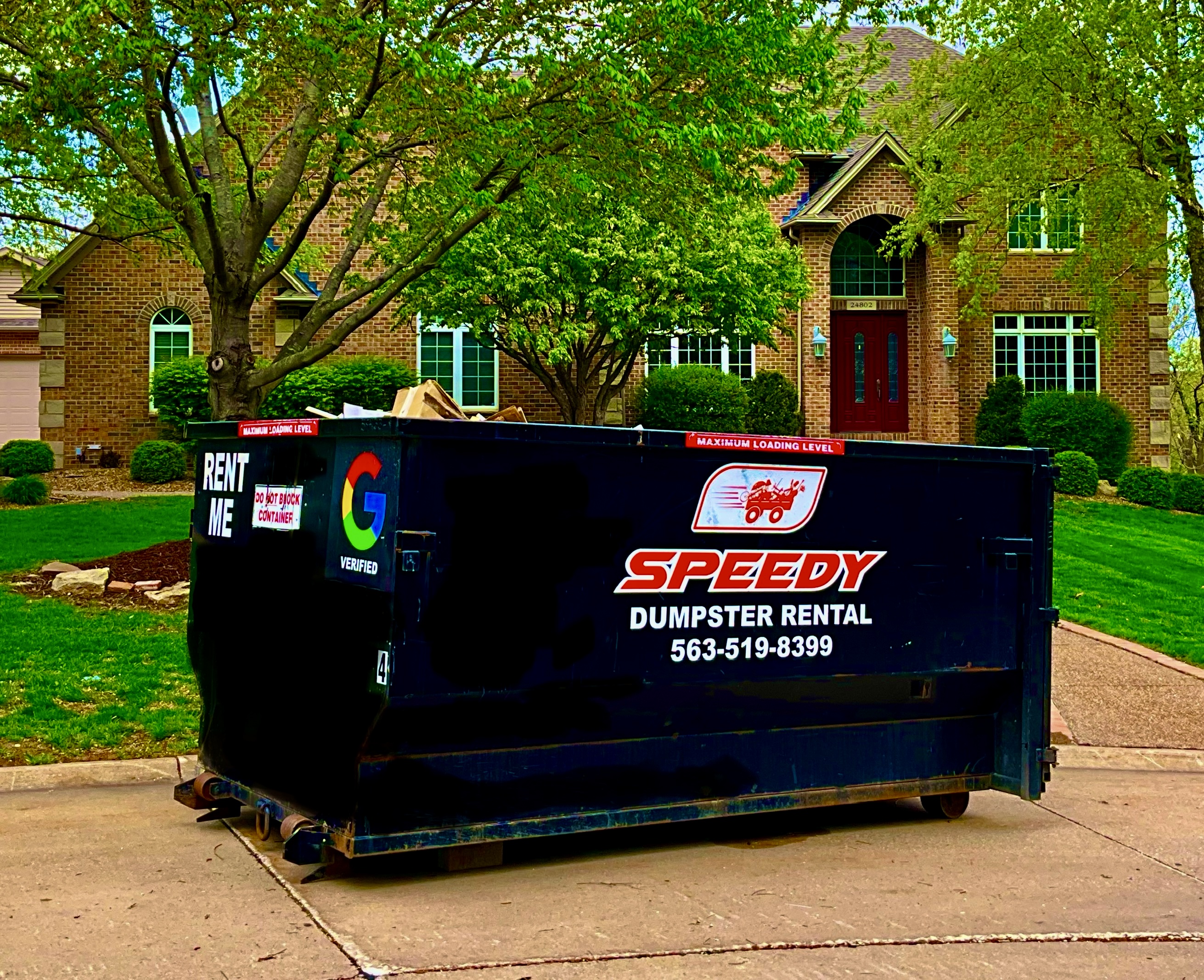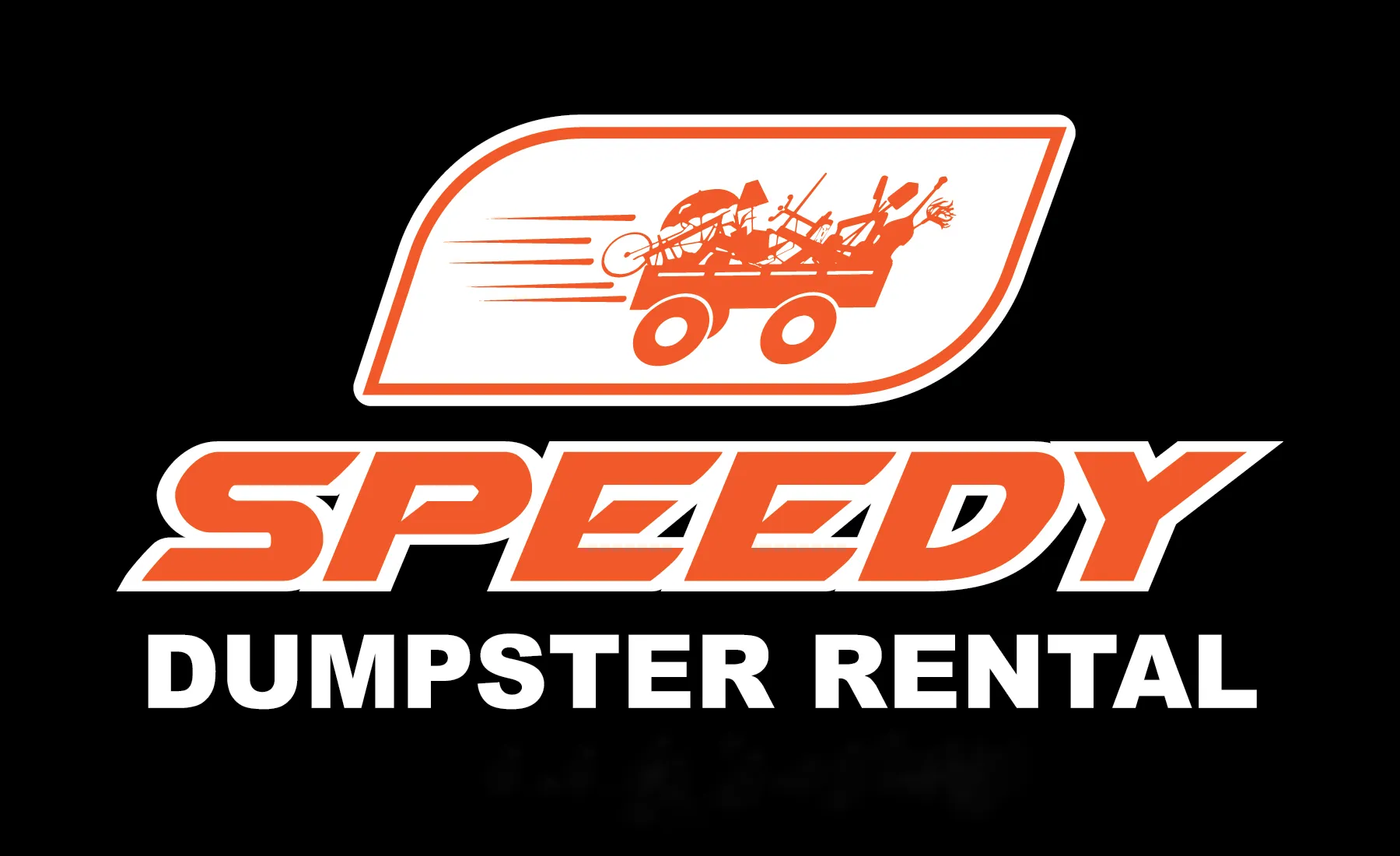OFFICE HOURS
Monday - Sunday: 7:00 AM - 7:30 PM

Construction Dumpster in Princeton, IA
Construction dumpster rental Princeton, IA offers rolloff options with onsite placement and flexible terms for efficient delivery Learn more
Construction Dumpster in Princeton, IA
A dependable heavy-duty construction dumpster is a core component of any successful job site in Princeton, IA. Whether you are renovating a home, removing a driveway, or managing a multi‑day commercial build, the right roll-off dumpster keeps the site safe, compliant, and productive. This page explains the recommended dumpster options, sizing guidance, how different types of construction debris are handled, on‑site placement and safety best practices, rental duration options, recycling and disposal procedures, permit coordination, and delivery logistics tailored for Princeton-area projects.
Why a heavy-duty construction dumpster matters in Princeton, IA
Princeton experiences seasonal freeze and thaw cycles, occasional heavy rains in spring, and a mix of residential and rural construction patterns. Those conditions make sturdy, weather-resistant dumpsters and careful placement essential to avoid site disruptions. Using the right dumpster:
- Reduces labor time by containing waste in one place
- Prevents job delays related to off-site trips
- Minimizes safety hazards from loose debris
- Helps manage disposal costs through recycling and correct segregation
Common dumpster types and recommended sizes
Heavy-duty roll-off dumpsters built for construction debris are rated for high loads and tough materials. Common sizes and the projects they suit:
- 10 cubic yard: Small remodels, garage cleanouts, minor siding or roofing jobs.
- 15 cubic yard: Medium renovations, kitchen/bath remodels, small demo projects.
- 20 cubic yard: Larger interior demo, tear-outs, substantial contractor cleanups.
- 30 cubic yard: Full-house remodels, small new construction sites, larger exterior demo.
- 40 cubic yard: Major demolitions, commercial jobs, or long-term construction sites.
Note: Concrete, brick, and soil are much heavier by volume than wood or drywall. For large amounts of concrete or masonry, choose a smaller-volume dumpster with a higher permitted weight or plan on multiple loads to avoid overage fees.
Handling different types of construction debris
Different materials require different handling for safety, cost efficiency, and regulatory compliance.
- Wood and lumber: Treated wood may have restrictions. Unpainted/untreated wood can often be recycled or chipped. Keep wood separate from heavy masonry when possible to maximize load value.
- Concrete, brick, stone: Extremely heavy—limit volume per container to stay within weight limits. Many haulers accept concrete for recycling into aggregate; it often must be separated from mixed loads.
- Metal: Recyclable and typically separated for scrap value. Remove large metal pieces from mixed loads if local recycling is available.
- Drywall and plaster: Acceptable in most construction dumpsters but can create dust during loading—use tarps and wet down dusty loads as needed.
- Hazardous materials: Paints with solvents, chemicals, asbestos, batteries, and fluorescent bulbs are not allowed in standard construction dumpsters. These require special handling and disposal.
On‑site placement and safety best practices
Proper placement ensures safe, legal, and efficient site operations.
- Stable, level surface: Place dumpsters on solid ground (concrete or compacted gravel). On asphalt or lawn, use wooden boards or plywood to protect surfaces.
- Accessibility: Allow adequate clearance for delivery and pickup trucks (typically 50–60 feet of unobstructed approach and 10–12 feet of vertical clearance). Avoid placement under low power lines or tree branches.
- Traffic and emergency access: Do not block driveways, hydrants, sidewalks, or emergency access routes. For curb or street placement, follow local permit rules and setback requirements.
- Secure loads: Cover dumpsters with tarps in windy or wet conditions to prevent debris from blowing onto roads or into storm drains.
- Loading safety: Do not exceed the dumpster rim, and distribute weight evenly. Wear PPE when handling materials—gloves, eye protection, and hardhats as required.
- Signage and site control: For busy job sites, mark the dumpster area clearly and limit access to authorized personnel.
Rental durations and scheduling for Princeton job sites
Construction dumpster rentals are flexible to match project timelines.
- Short-term rentals: 1–2 weeks for small projects or quick demos.
- Standard job rentals: 2–8 weeks for multi-room remodels or staged demolition.
- Long-term rentals: Several months for full builds or phased projects; many providers offer regular pick-ups and exchange services.
- Extensions: Most providers allow schedule changes and extensions; confirm advance notice requirements to avoid service gaps.
- Pickup frequency: For long or active jobs, arrange scheduled swaps to prevent overfilling and maintain site safety.
Plan deliveries around weather and site readiness. In Princeton, spring thaw can make soft ground a challenge—schedule placements after ground is firm or provide load-distribution boards.
Recycling and disposal procedures
Responsible disposal saves money and meets environmental expectations.
- Source separation: Sort metals, concrete, and clean wood to reduce landfill tipping fees and increase recycling opportunities.
- Concrete recycling: Many local facilities accept concrete for crushing and reuse as base material. Separate it where possible to avoid mixed-load charges.
- Metal recycling: Collect scrap metal separately; it often has salvage value.
- Wood recycling: Clean, untreated lumber can be chipped for mulch or fuel. Treated wood usually goes to special facilities.
- Documentation: For commercial projects, keep records of disposal and recycling for compliance and client reporting. Certain materials or large volumes may require manifesting.
Permit coordination and local compliance
Street or curbside dumpster placement often requires a permit from the local municipality or county. Permit rules vary, so plan permit coordination early.
- Contact local permitting office: Confirm whether a right‑of‑way or parking permit is needed for curb placement or a temporary traffic control plan.
- Time restrictions: Some towns restrict placement hours or days—check local ordinances.
- Insurance and liability: Verify if contractors need to provide proof of insurance or any site-specific documentation before delivery.
A proactive approach to permits avoids fines and last-minute delays.
Delivery logistics and hauler considerations
A smooth delivery and pickup depend on clear logistics.
- Truck access: Ensure approach routes are clear of low branches, overhead wires, and narrow gates. Measure tight access points beforehand.
- Weight limits: Most dumpsters have tonnage limits; overage charges apply if the weight limit is exceeded. For heavy materials like concrete, clarify weight restrictions up front.
- Scheduling: Reserve dumpsters to match peak project phases. Coordinate drop-off when the site is prepared to accept the container.
- Weather planning: In winter months, frozen ground and snow can affect placement; in spring, watch for soft ground. Communicate weather concerns with your hauler.
Conclusion — long-term benefits and maintenance tipsChoosing the right construction dumpster in Princeton, IA reduces jobsite risk, keeps projects on schedule, and can lower disposal costs through recycling. Prioritize size selection relative to material weight, maintain clear access for delivery trucks, follow local permitting rules, and separate recyclables where practical. Proper on‑site practices—secure covering, even loading, and regular exchanges—protect workers, neighbors, and your timeline while aligning with local disposal standards.

Customer
Testimonials
See what our satisfied customers are saying about their experience with us.
